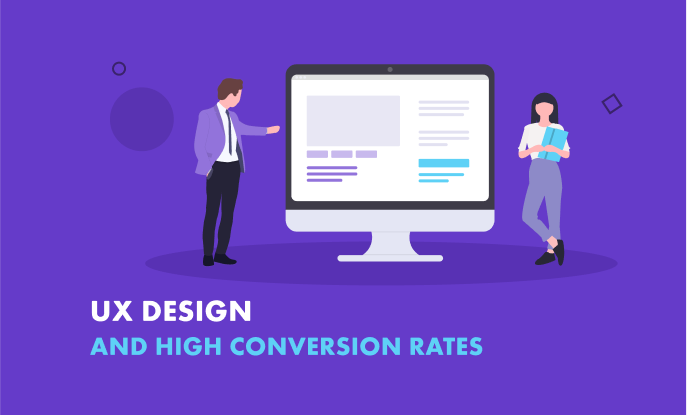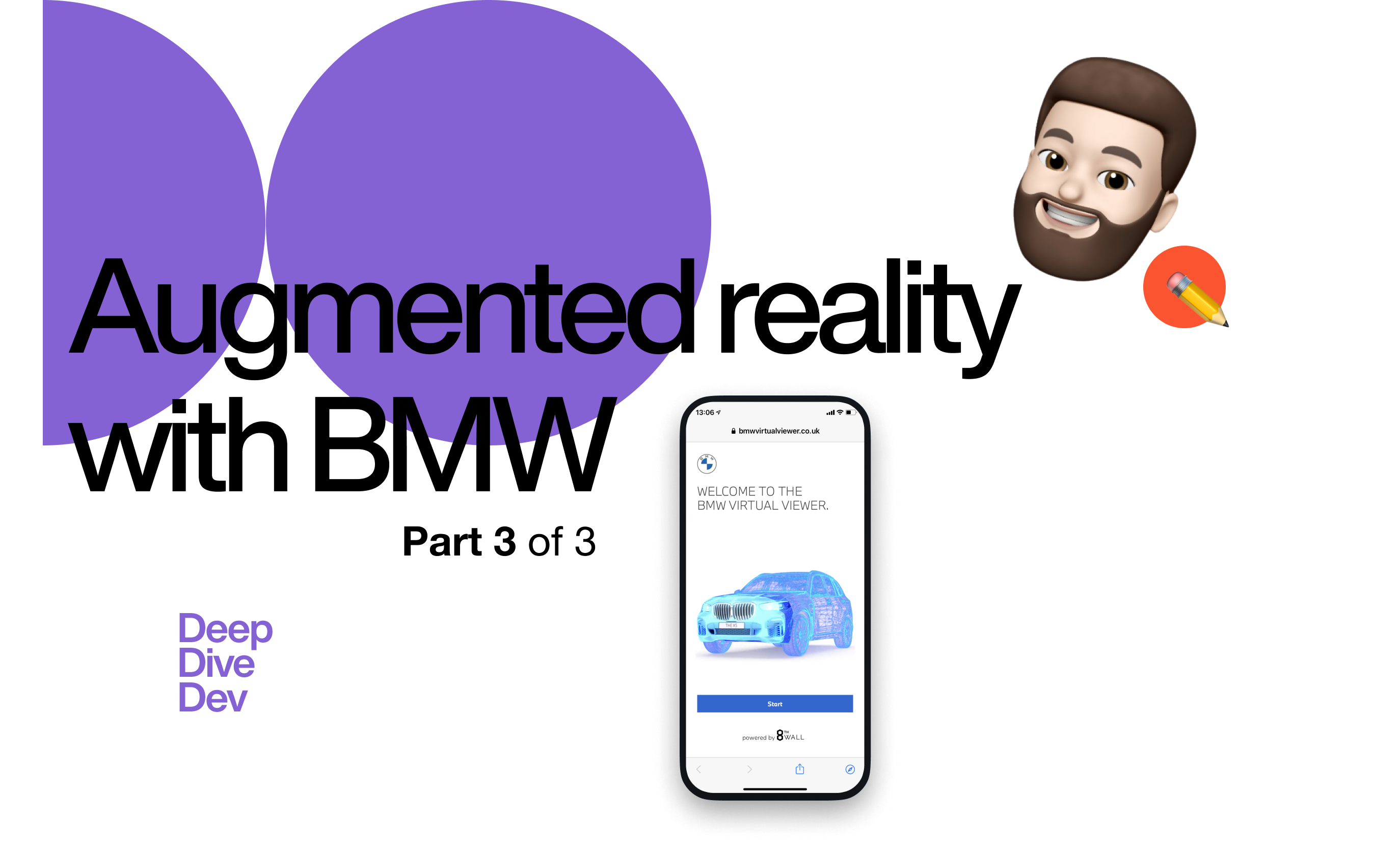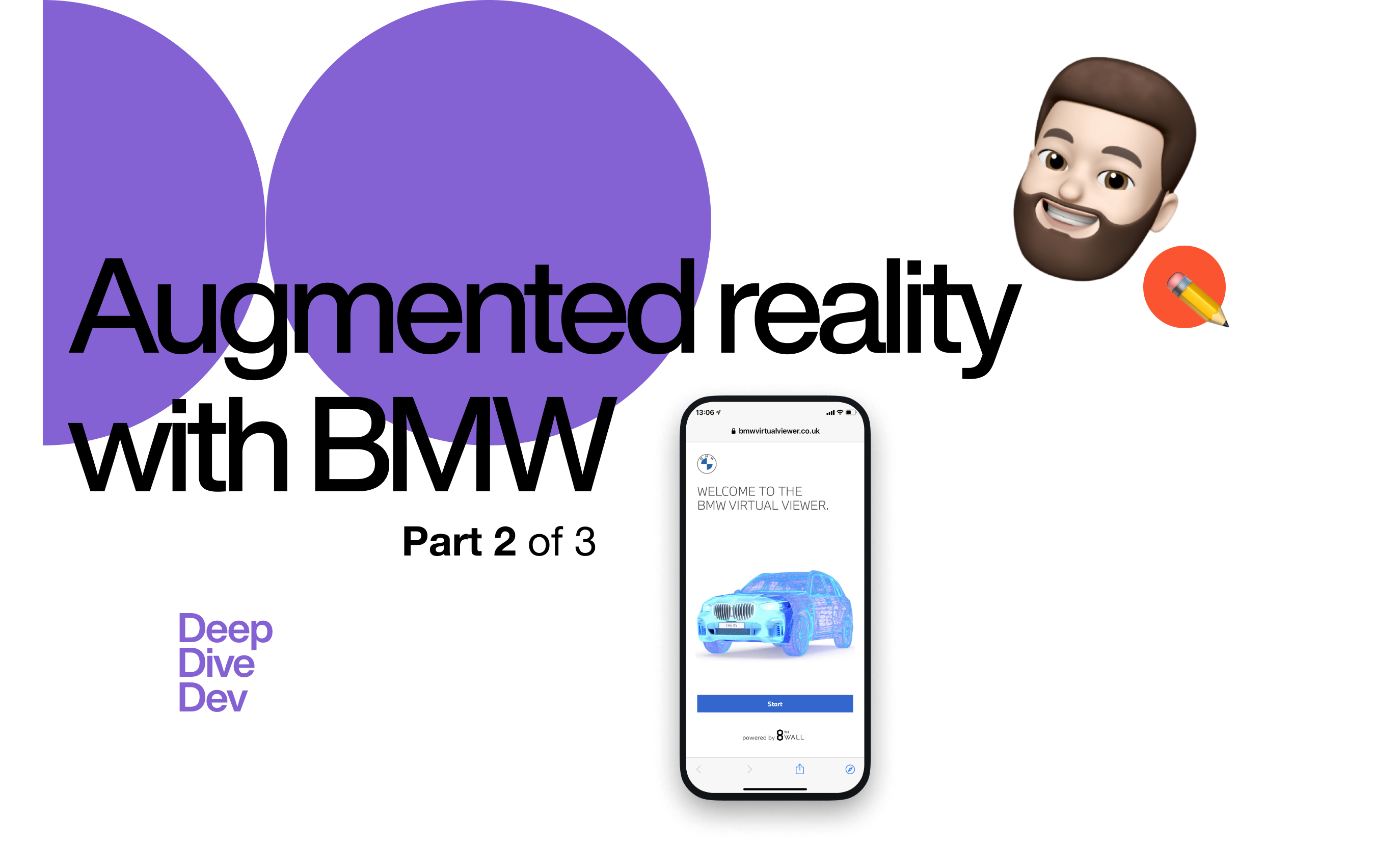Nowadays, it is certainly best to keep up to date with the latest UX/UI design trends if you don’t want the visitors to think that your website is “abandoned,” “outdated,” or simply “not cool.” However, the relationship between UX design and conversion rates isn’t just complementary: the highly competitive online market has made it essential. Drawing traffic to your site makes little sense if it takes too long to load pages, if the process of signing up or purchasing stresses the visitors out, or if something they expect to see doesn’t work well on their smartphones.
The latest UX statistics illustrate the exact same point: the success, growth, and even survival of a business greatly depend on whether the site is user-friendly, convenient, and easy to navigate. Generating leads is one thing; getting customers on board is another. Optimizing traffic is all about providing a better user experience and understanding the importance of design for catering to client needs.
The essentials of user experience that can help you boost conversion
- First impression (landing page design). Even the hottest leads go cold very soon if they don’t see the answers to their questions, or the easily readable and clear statements about the product or service. They’ll just leave and won’t keep scrolling down. This may seem challenging, but you have no more than just a few seconds to convince the first-time visitors to stay in most cases.
- Mobile optimization. The ever-increasing mobile usage means the look, feel, and performance of your website on mobile devices are extremely important, as it is more likely to be accessed via mobile. The top reasons for leaving a website are ad clutter and poor mobile experience.
- Site structure and navigation. Promoting your website is pointless if it doesn’t perform really well. One of the most cited reasons why site visits are abandoned at one point or another is confusing or disrupted user experience. The dissatisfied visitors mainly leave due to navigation issues, slow-loading pages, unhelpful or complicated features, annoying pop-ups, and lack of important website sections or information.
- Сontent quality/personalization/relevance. Make sure that your website content is concise, to-the-point, and of value to visitors. It should highlight the features/advantages of what you are offering, as well as the reasons to commit (or at least join your mailing list). Nobody wants to read through standard overused phrases or text blocks that are too general, struggling to find specific offers or to figure out how to use the features. Keep in mind that the tone of voice you use on your website should be congruent with its’ visual part and should be appropriate for your target audience.
- Engaging and action-oriented content. It’s a well-known fact that visual data is processed significantly faster by the brain than text. However, the biggest advantage of visuals is their potential of making websites and apps a pleasure to use due to being more engaging than plain text. Add images, videos, infographics, and attractive-looking call-to-action elements for motivating visitors to become customers.
Lost in the process: identify the problem areas
While you may engage a larger audience by making changes that are only visual, it is unlikely that this will make a significant impact on conversion rates or sales. If users do not get what they expect with minimum effort, they may get an impression that the process demands too much of their time and attention in the fewest steps or even clicks possible. Therefore, they will leave without taking any action or after taking a few steps towards the desired action.
This action could be anything – buying a product, choosing a service or a membership plan, taking a poll or survey, subscribing to a newsletter. However, figuring out the potential roadblocks along the user journey and the things that can be stressful for your customers lets you fix those and streamline the process, improving the usability and accessibility of your website.
The CRO (conversion rate optimization) involves research on user behavior and studying user journey paths through a variety of qualitative and quantitative tools. This helps identify the problem areas in the user experience, reduce drop-offs, clarify the user expectations, and enhance their satisfaction. However, as best design blogs make it clear, there is no fixed pattern or universal “best practice” for reaching the desired conversion rates.
Online shopping cart abandonment: take it or leave it
Cart abandonment is indispensable to e-commerce. It is a pesky revenue-slashing phenomenon that isn’t fully studied or explained yet. Online cart abandonment occurs due to a number of factors that may or may not be related to user experience issues. Though it is a major challenge, your decision to do something about it or not can make a big difference. Some visitors expect to receive cart recovery emails with discounts on the products of their choice. Others simply leave whenever they feel that completing their purchase becomes too much of a hassle.
Cart abandonment can be reduced significantly if it is caused by a complex checkout process that involves filling in too many details. Nowadays, visitors are too impatient and spoilt for choice, so unless you make the entire process a breeze, they will abandon their carts and your website, switching to another one. UX statistics illustrate that just removing the major user frustration of having to register in order to buy what they need can boost sales and reduce cart abandonment.
A well-known e-commerce company saw its sales increase by $300 million after simply making registration optional for completing purchases. Thinking that’s a little over the top? Meanwhile, this story of Amazon changing just one button from “register” to “continue” has already become a UX legend.
This example proves that great UX design isn’t just about aesthetics or engaging elements. It’s mainly about understanding and simplifying the user journey, as well as focusing on the user interaction with products and services. UX design can make a huge difference, and it is crucial to brands, websites and products becoming popular, preferred by users, and likely to be returned to over and over again.
This is a guest post written by Kristin Savage.






Have a look at our social media